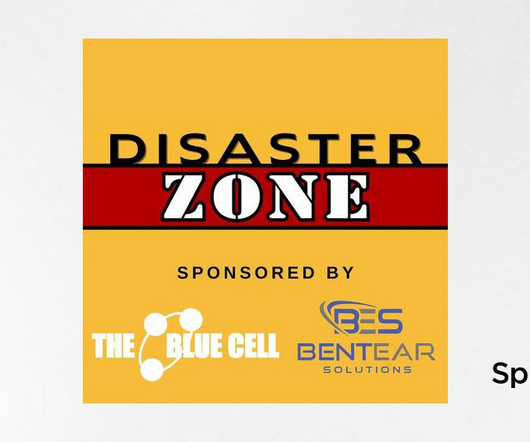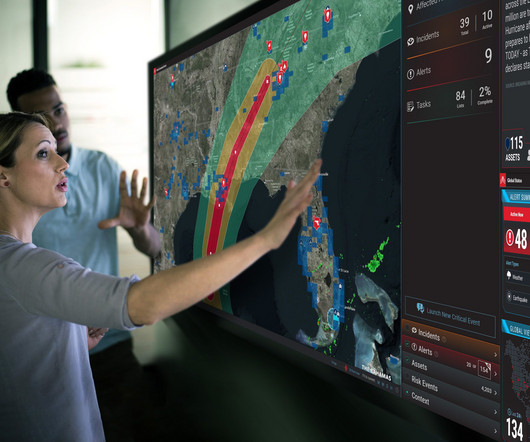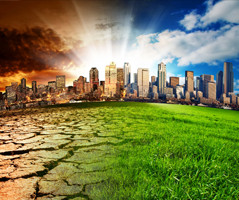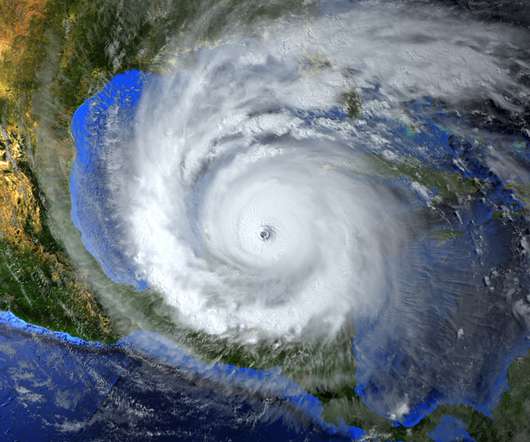Seismic Neglect for Schools
Disaster Zone Podcast
JANUARY 25, 2022
Earthquake hazards are everywhere and we have a large number of old school buildings. Earthquake hazards are everywhere and we have a large number of old school buildings. If they are old and brick, they could be at risk. Hear first hand expert insights from Eric on his Podcast , Blog & EricHoldeman.com.















Let's personalize your content